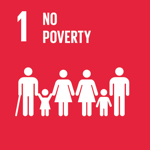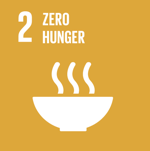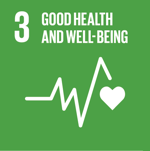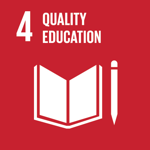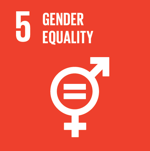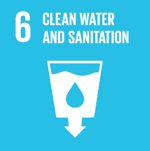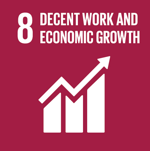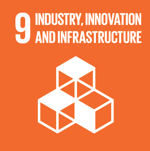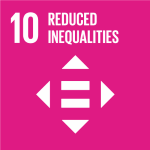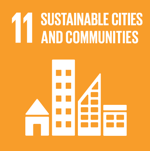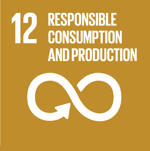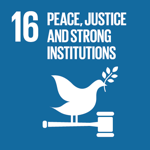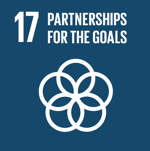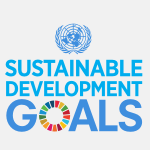Reduced Inequalities


Home » Reduced Inequalities » SDG 10- Digital Equity: The Next Phase – Part 3
SDG 10- Digital Equity: The Next Phase – Part 3
Taking advantage of every possible opportunity to advance digital skill education is emerging as a vital prerequisite to both successful studies and quality integration into the labor force down the line. This very much dovetails with the expectations of SDG 4, Quality Education.
With this in mind – and following a constantly disrupted school year, during which many students were unable to fully leverage remote learning – the Education Ministry has expanded summer school activities with particular emphasis on digital skills for grades 10-12. The expert-taught activities include the development of websites, apps and codes; “Scratch” programming language; as well as robotics, multimedia, animation and 3-D.
In addition to Israel’s younger population, it is critical that their parents also acquire digital skills. This lesson from the past year was made quite clear by a recent comment regarding low digital proficiency levels among adults in the Arab community made by the Education Ministry’s director for science instruction, who together with Digital Israel created a program to overcome this obstacle.


Israel’s social impact efforts are very much a partnership. In this spirit, Government activities to advance digital proficiency are of course being complemented by a myriad of civil society organizations. Among these, Appleseeds works to promote digital equity in Israel by developing and implementing programs in the areas of technology, employment, and life skills. The non-profit runs programs in areas including digital literacy, education, employability, youth and young adults as well as one with special focus on the Bedouin community.
Even when Israel does overcome the challenges of proficiency, numerous citizens will still be lacking the necessary equipment (during the past year the Government distributed more than 130,000 computers to students in need, alongside similar civil society efforts). The hesitancy among some to make use of growing digital opportunities – prevalent among more traditionally conservative communities – may also continue into the future.
An experts’ report released by the Education Ministry in July 2020 quotes Central Bureau of Statistics data showing that in 2018, 23.6% of households with children had no internet and 15.7% no computer; in the breakdown by community, while 21.7% of Jewish households had no internet, the figure for Arab households stood at 51%. As for households that do possess at least one computer: 60.8% among Arabs and 83.3% among Jews.
The digital gaps also cut across the socio-economic divide, of course. According to the data, 97.8% of upper-class households possessed at least one computer, as compared with 58% among the lower class. Furthermore, while 69% of low-income earners use the internet, the figure for higher-wage earners stands at 92%.
Much work remains before Israel will truly close the digital divide. The current acceleration of activities, reinforced by close public scrutiny in the media and other fora, paint a cautiously optimistic picture that the country is bent on progress.
Related articles


SDG 10 – Government Safety Net
Reduced Inequalities Internal tensions are running high in Israel, for obvious reasons. One area of criticism that continues to reverberate is the government’s perceived slow


SDG 10 – Real-Time Safety Net
Reduced Inequalities Who takes care of civilian victims when rockets fly overhead? Not a question usually asked, of course, unless you live in Israel –


SDG 10- Social Safety Net against Corona
Reduced Inequalities Social Impact Under Corona – Part One Read: Part Two, Part Three, Part Four, Part Five, Part Six Israel’s commitment to social impact

